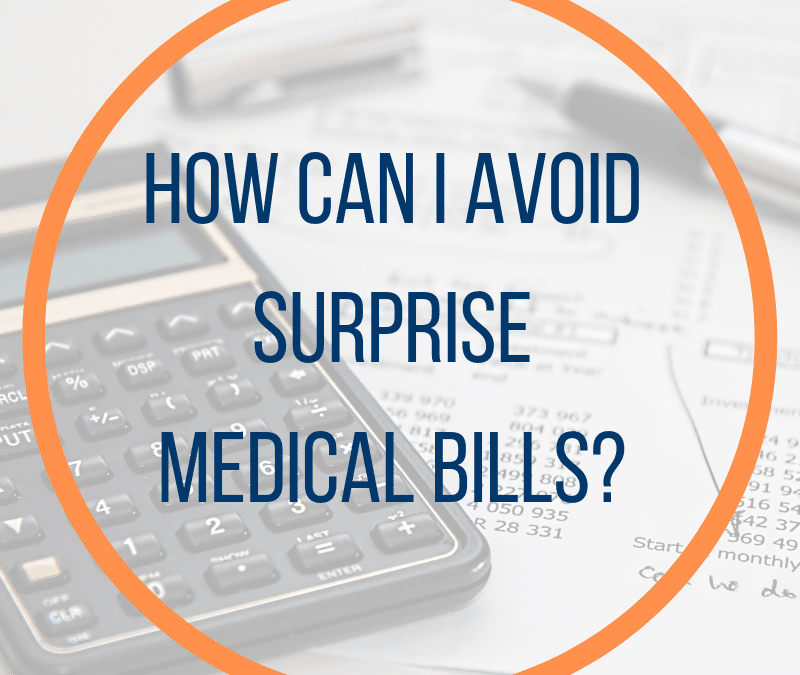The Dilemma
Have you ever been in a situation where you just were not sure if you should go to the doctor? You finally decide that it’s better to be safe so you make the trip, wait your turn and suddenly your symptoms are gone. Or the doctor says something like “Just ice it and rest.” “It has to run its course.” There is a feeling of relief that comes with hearing it’s nothing serious, or that your symptoms have disappeared. Then…you get the bill.
The Pain
This story is a little embarrassing but I want to share it with you because it is telling of our current healthcare system. One day at the office I started to experience intense pain in my left back. My symptoms were indicative of a kidney stone, and I knew that I had not been drinking enough water recently and was probably dehydrated. The pain was so bad that I ended up on the floor of my office, barely able to move and sweating profusely. My wife came to the office and tried to help pick me up but we ended up calling EMS for transport to the hospital. By the time we arrived at the hospital and I was set up in an exam room, my pain had disappeared! When the ER doctor arrived, I briefly recounted my experience and we agreed that it was likely that I had a kidney stone and had passed it in the EMS vehicle. Then, on his way out the door, he shouted orders for a urinalysis, a CT scan and an IV bag over his shoulder. I declined all but the urinalysis (because I was no longer in pain and no longer needed acute diagnosis and treatment), and went on my way.
Within the next few weeks, I received a $2,000 bill from the hospital and a $900 bill from the physician. I was shocked! The extent of his physical exam had been to put a hand on my forearm, in a gesture of comfort. Upon closer scrutiny of my bills, I noticed that the hospital billed me as a “Level 4” case. These levels reflects the different amount of resources that the hospital utilizes for a particular ER visit, and Level 4 is close to the highest! Currently, the only time that a bill might be questioned is if the insurance company finds a red flag (like a high level charge for a low level diagnosis like a hang nail). I was charged based on the “possibility” of my condition, because I arrived in an EMS vehicle. Thankfully, I had refused the IV fluids and the CT scan or the bill would have been larger and this got me thinking about all of the people who wouldn’t know they were able to decline ER services, and how much they were being charged for this lack of knowledge.
Thus began the long process of challenging the unfairness of these charges.
What is the solution?
Many people have concerns about the rising cost of medical care and feel powerless to do anything about it. One solution to the current state of our health system is Direct Primary Care. This is a membership-based alternative payment model for in which patients, employers, or health plans pay primary care providers in flat, simple periodic fees directly for unlimited access to primary care and preventive services. One of the most important aspects of this model is the elimination of the fee-for-service model, disincentivizing the use of inappropriate testing, referrals and treatment. Another benefit is the amount of access you have to your primary care physician. If one of my patients was in a similar situation as I found myself, they would be able to call me directly, on my cell phone, and I could advise them on which tests and services they should decline. Since this would be part of their direct primary care membership, they would not be charged for my advice AND they would save potentially thousands of dollars in unnecessary medical bills.
I believe that it is possible for healthcare to provide more value to the patient while maintaining reasonable costs and excellent care. If this exciting and innovative model is something you would like to learn more about, please visit euphorahealth.com.
Resources:

